

? | Homepage



Welcome to my website dedicated to home studio recording!
For years, I’ve been composing, recording, and mixing my own music. This site was born from the desire to share that experience with you.
Creating computer-assisted music doesn’t necessarily require a big budget. Sure, a minimum amount of gear is essential, but when it comes to software, there’s something for every need and every price point (including free options), whether you're looking for recording software (DAWs), effects, or virtual instruments.
On this site, you’ll find a complete tutorial on mixing a track from start to finish, advice on choosing the right equipment, an overview of the main DAWs, and a section dedicated to amp simulators (both free and paid) for guitar players.
And if you're curious, I also invite you to discover my own compositions, entirely produced in a home studio with limited resources.
Enjoy your visit, and most importantly, enjoy making music!
Grebz

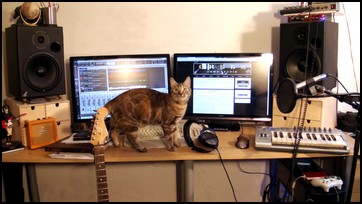

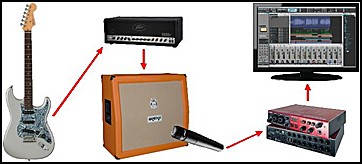

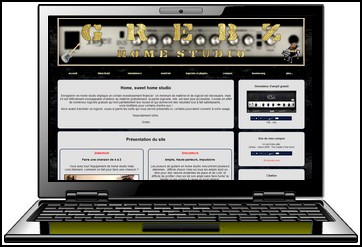

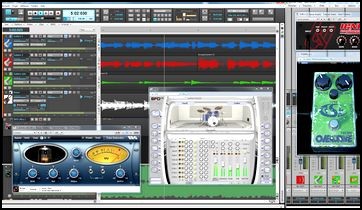

I wrote my first pieces of music on a Commodore Amiga computer back in 1988.
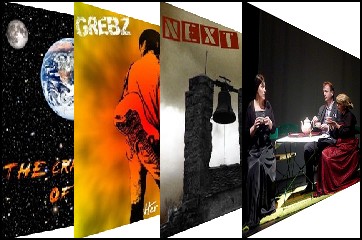
Today, I compose in a Pop-Rock style, with forays into other genres, including orchestral and electronic music. My main goal is to enjoy the process, and if others enjoy listening too, then I’ve succeeded.
I also compose music for theatre plays.



Messages page # 1 2 3 4 5 6 7 8 9 10 11 12 13 14 15 16 17 18 19 20 21 22 23 24 25 26 27 28 29 30 31 32 33 34 35

Gil
le 21/11/2010 à 12h44
Excellent site, merci pour toutes ces infos.

Marcus
le 20/11/2010 à 21h04
Super site, vraiment bravo, mais j'ai un problème, peut-être que je suis trop novice mais j'arrive pas à utiliser ce que je télécharge (fichier dll), pouvez-vous m'éclairer. Merci.
* * * * * * * * * * * * * * * * * * *
<em>D'abord, je précise que tous les téléchargements que je propose sont pour PC sous Windows uniquement, pas pour Mac ou Linux.
Ensuite, les fichiers DLL doivent être placés dans un répertoire "VST". Soit un répertoire déjà existant qui a été créé lorsque vous avez installé votre séquenceur, soit un répertoire que vous créez vous-même où vous le souhaitez. Dans tous les cas, il faudra indiquer dans les options de votre séquenceur quel est le(s) répertoire(s) où se trouvent vos VST.
Pour cela, ça dépend des séquenceurs. Dans Sonar (le séquenceur que j'utilise), il faut aller dans "Options", "Global", puis l'onglet "Plug-ins VST" : c'est là qu'on peut ajouter le(s) répertoire(s) où l'on range ses plugins.
Ensuite, si le séquenceur ne le fait pas automatiquement au démarrage, il faut lui indiquer de scanner les VST présents sur votre disque dur afin qu'ils soient pris en compte et ajoutés à la liste des plugins que vous pouvez utiliser dans vos projets. Là encore, la façon de faire dépend du séquenceur utilisé, mais je suppose que le principe est toujours le même.
Grebz</em>

JPR33
le 16/11/2010 à 17h50
Ton site est une mine d'informations !
Bravo

JC
le 15/11/2010 à 11h55
Super site, très instructif.
Bravo,
JC

crisdalsace
le 21/10/2010 à 16h54
Bravo et encore BRAVO.
Salutations,
Crisdalsace
